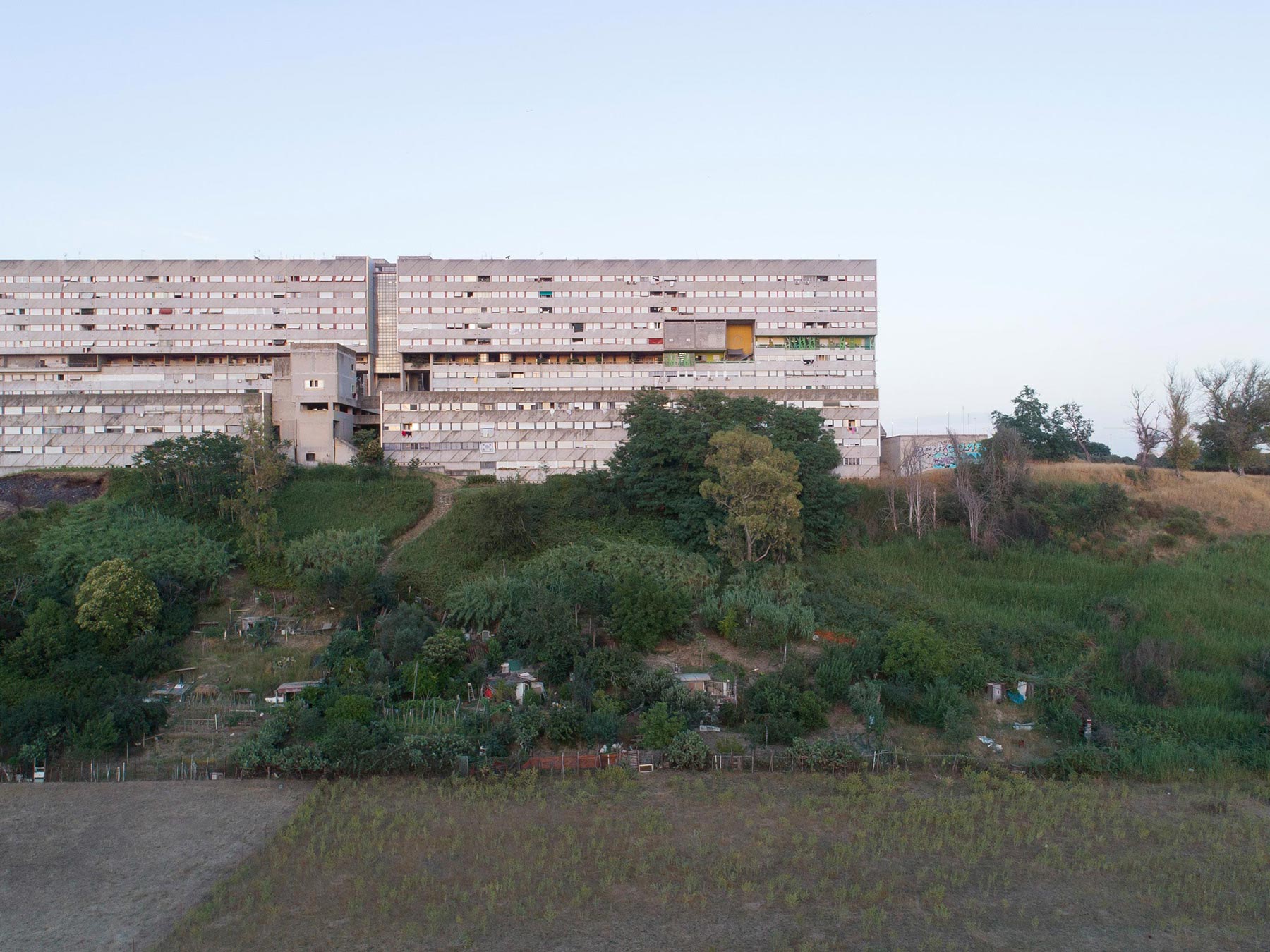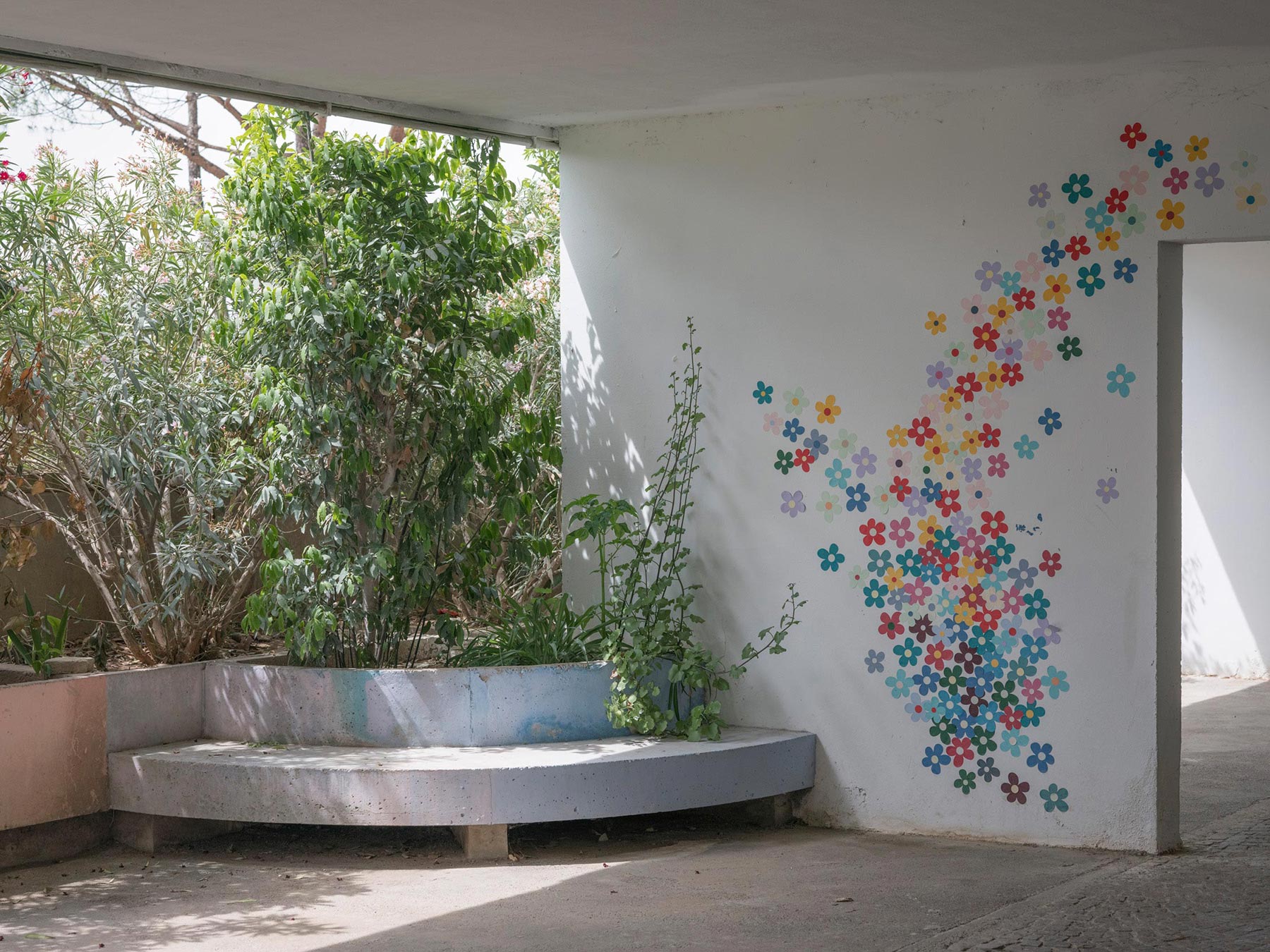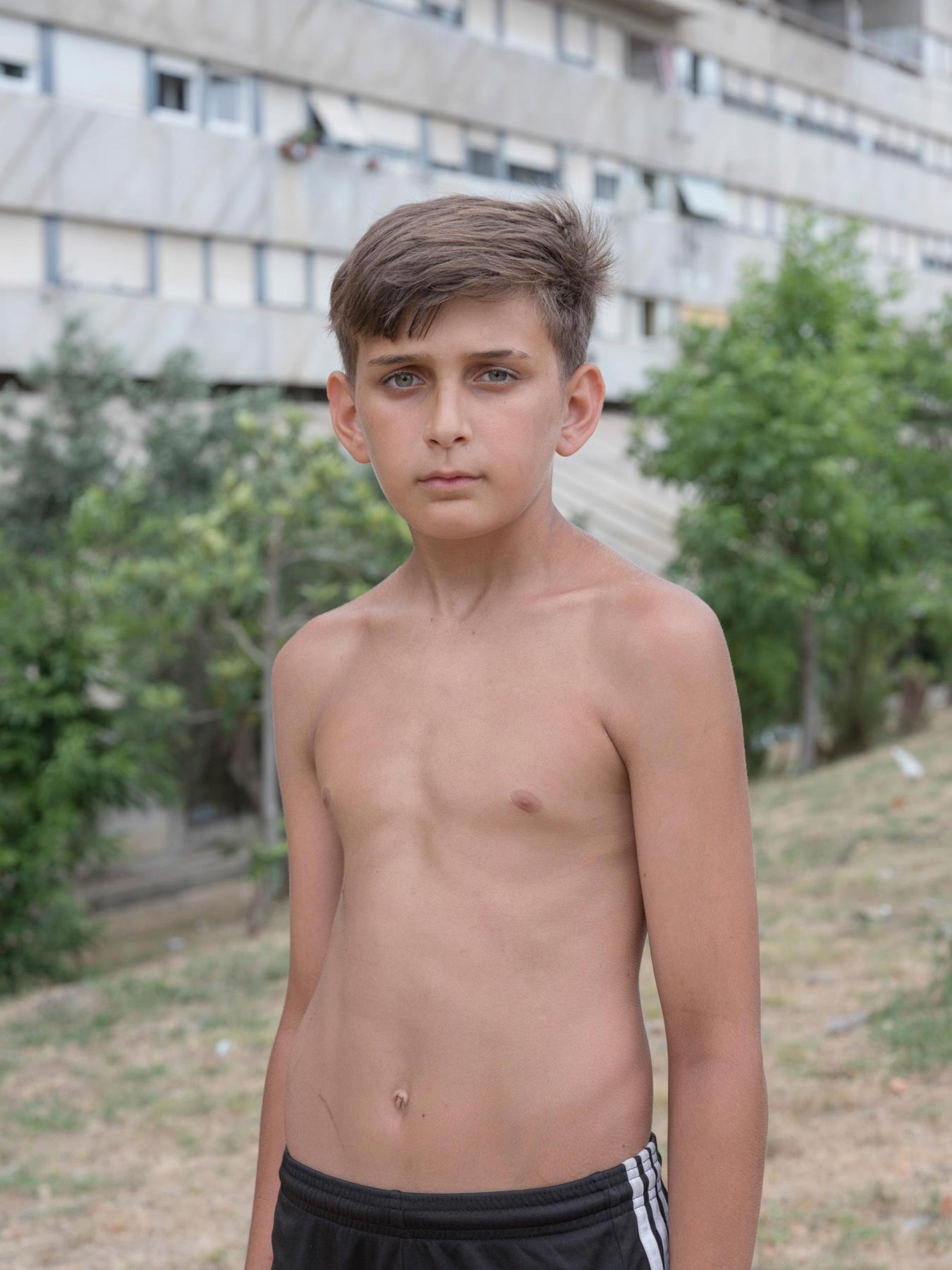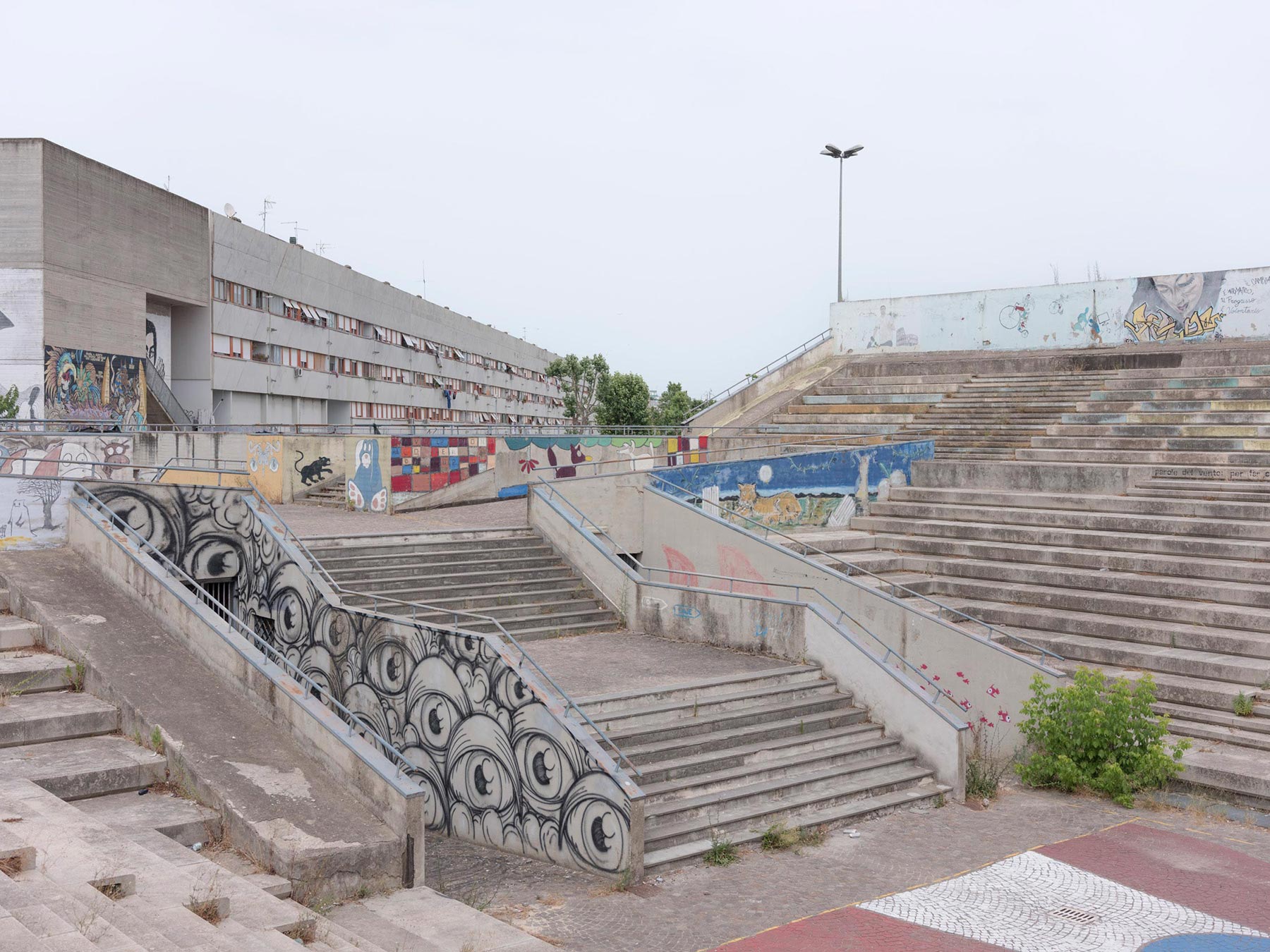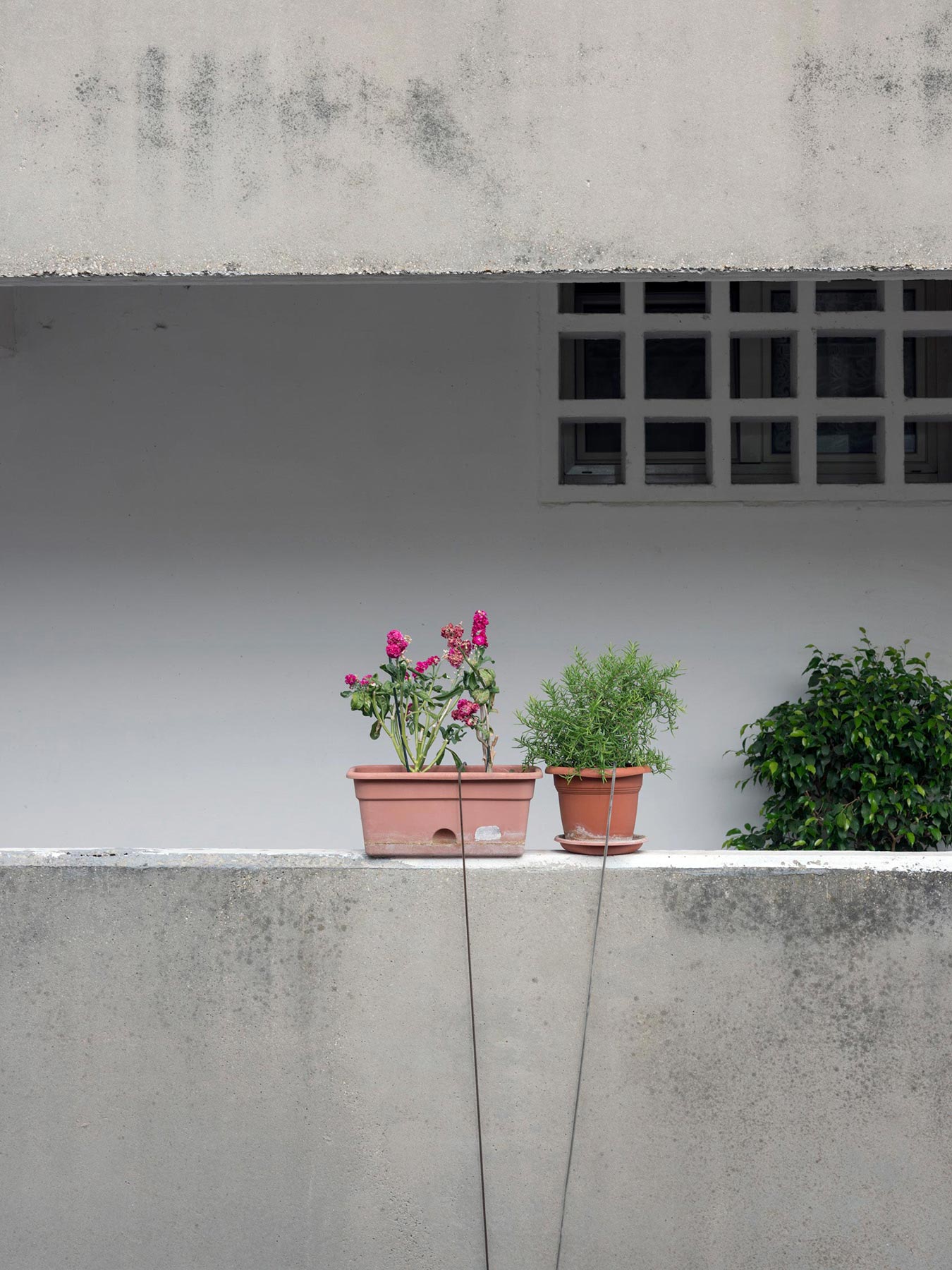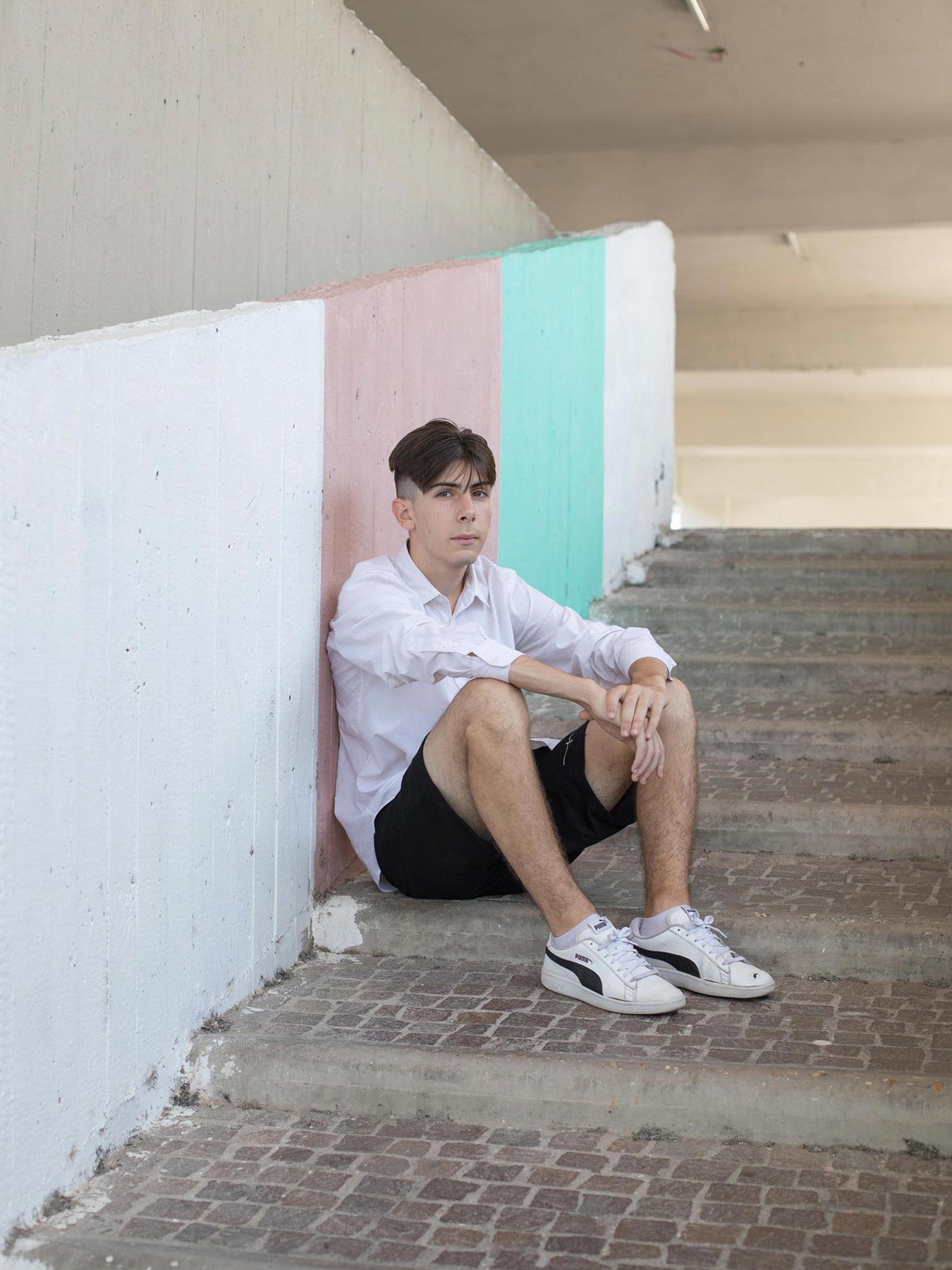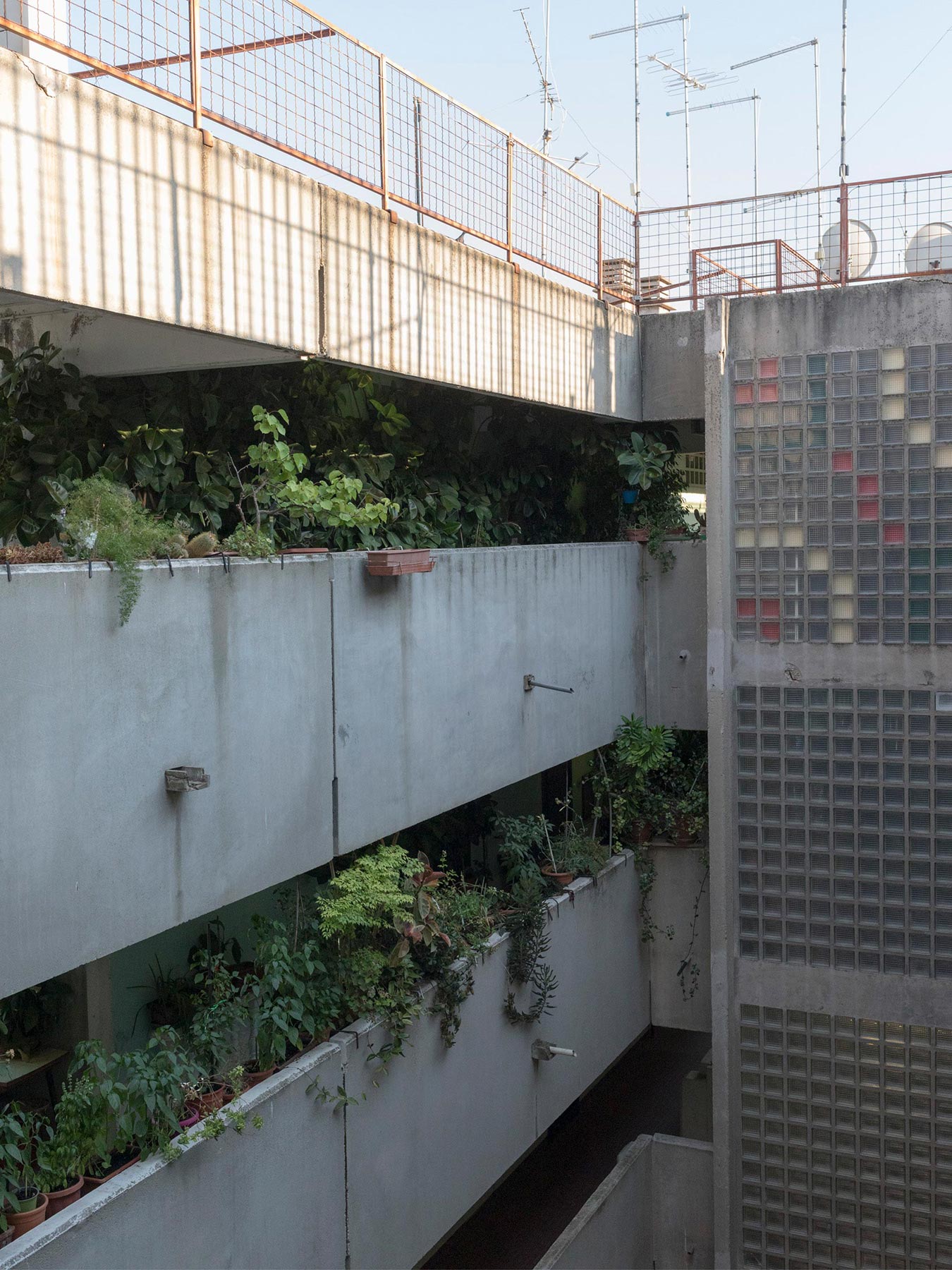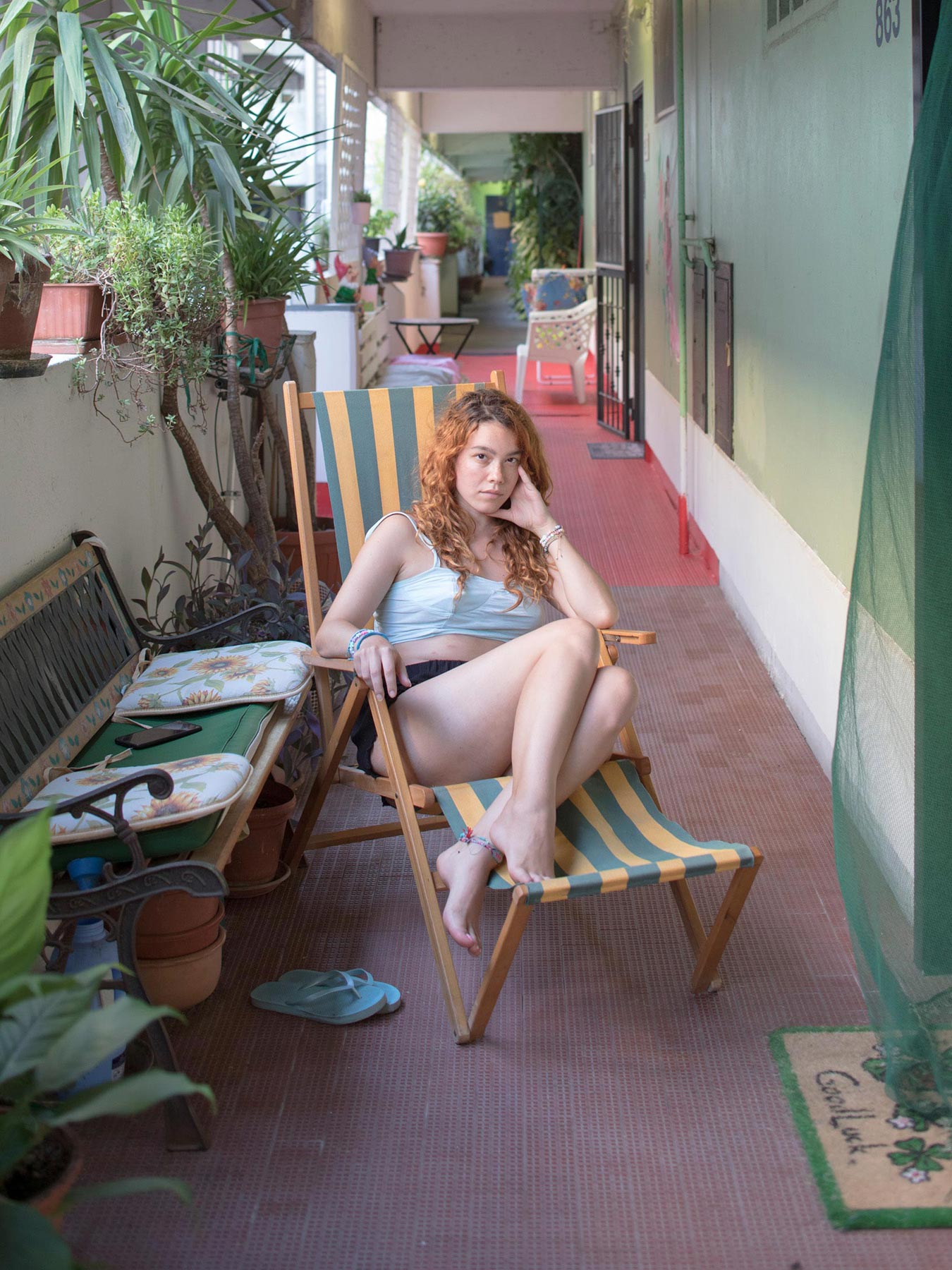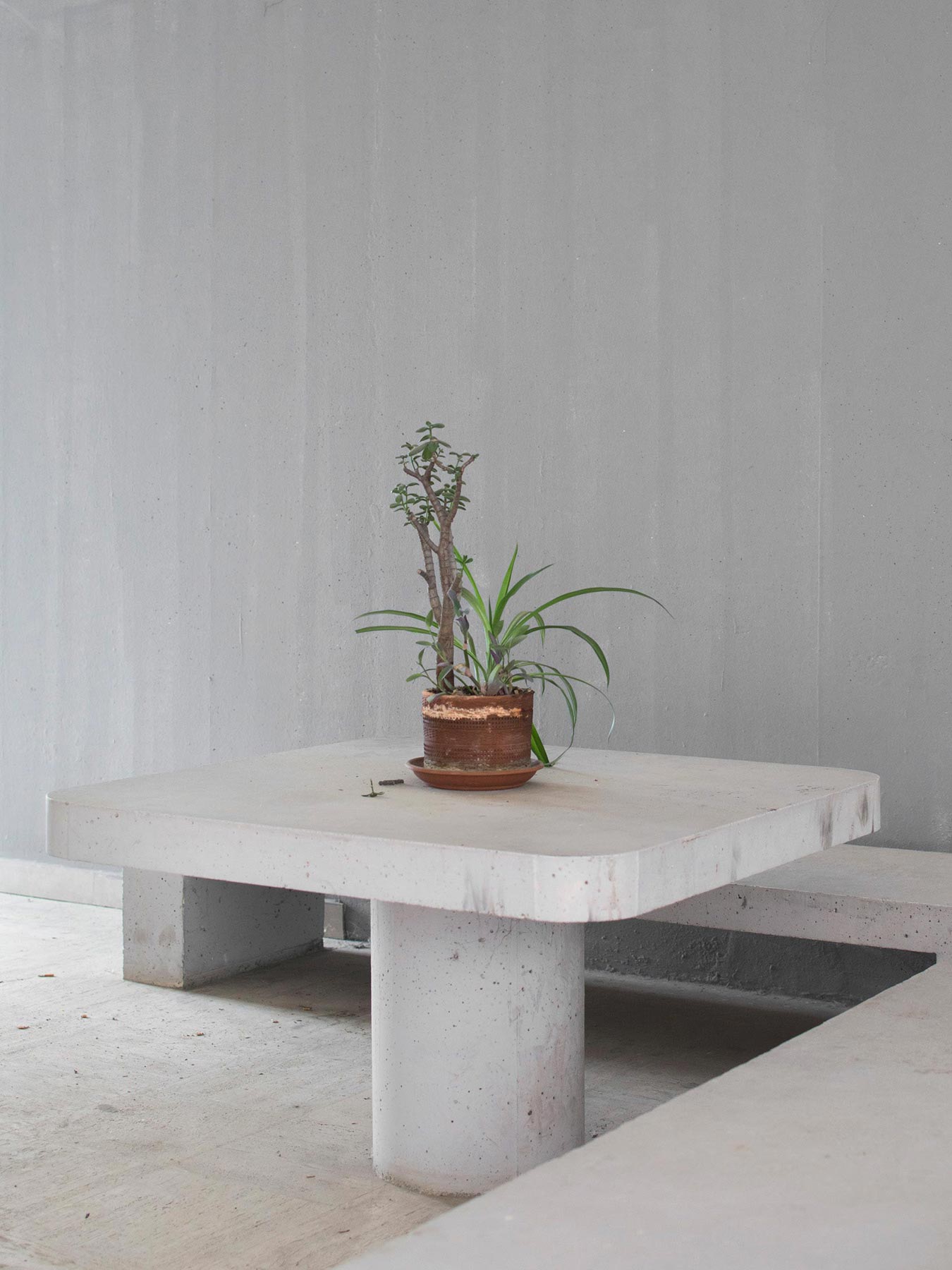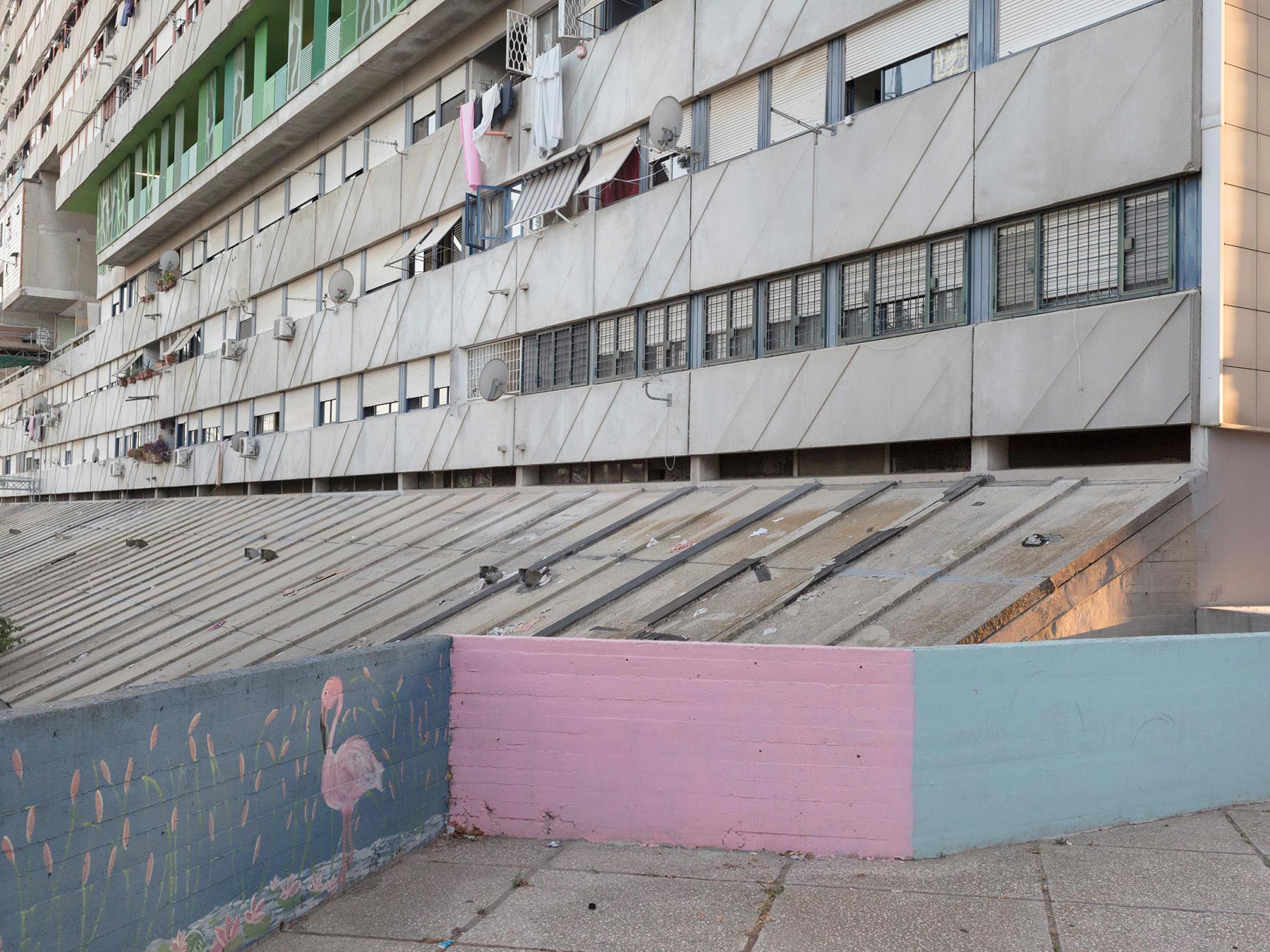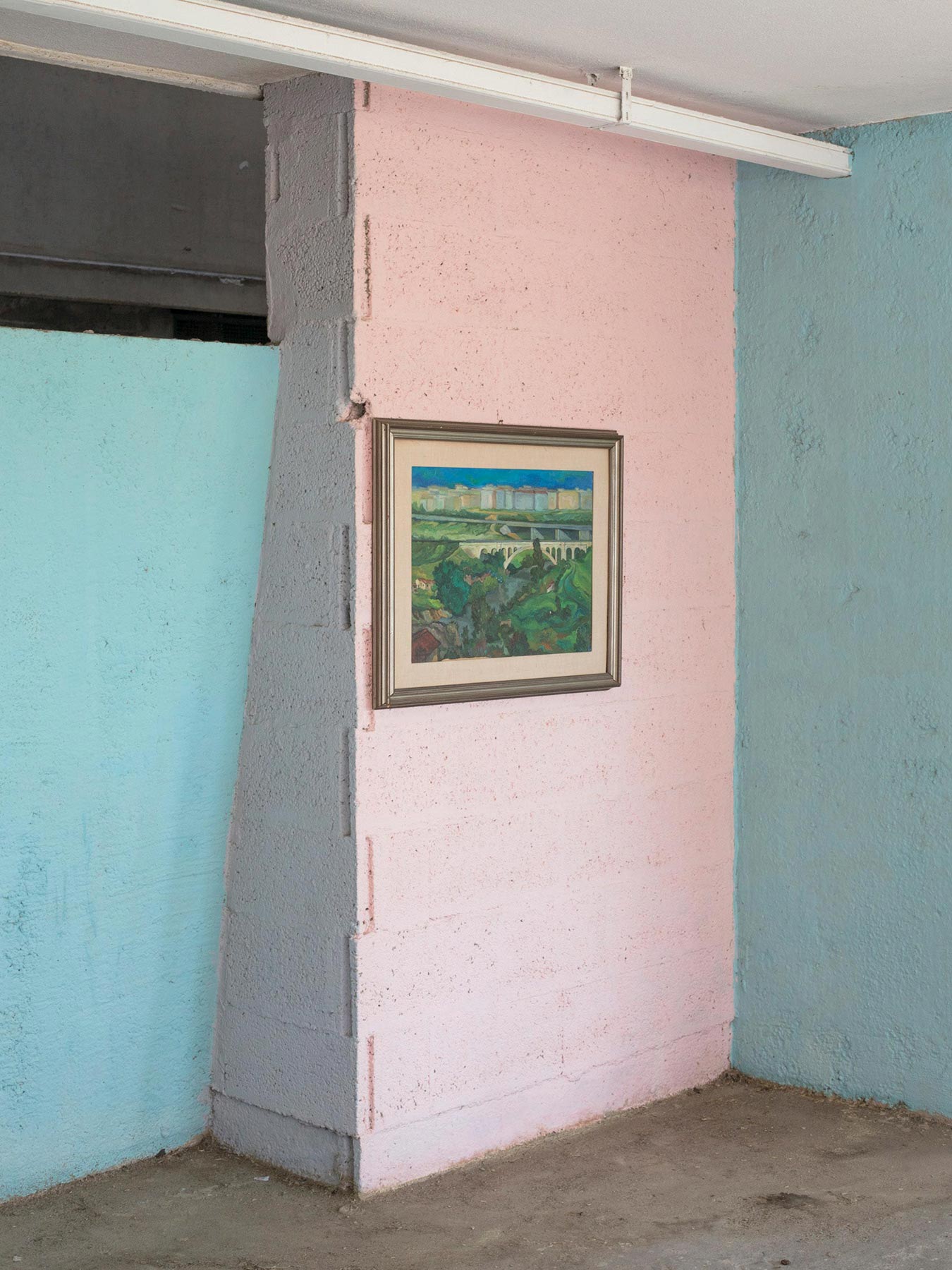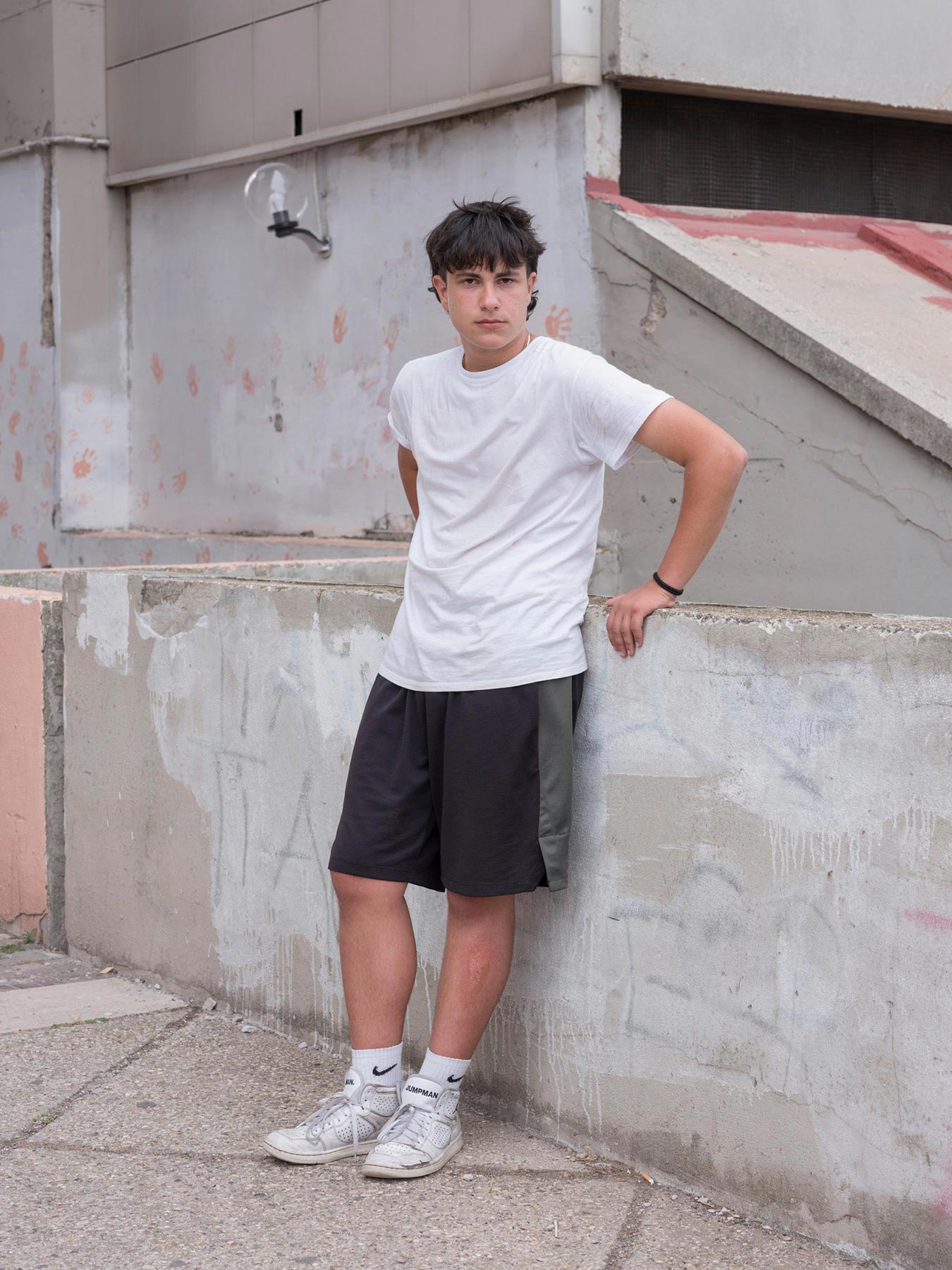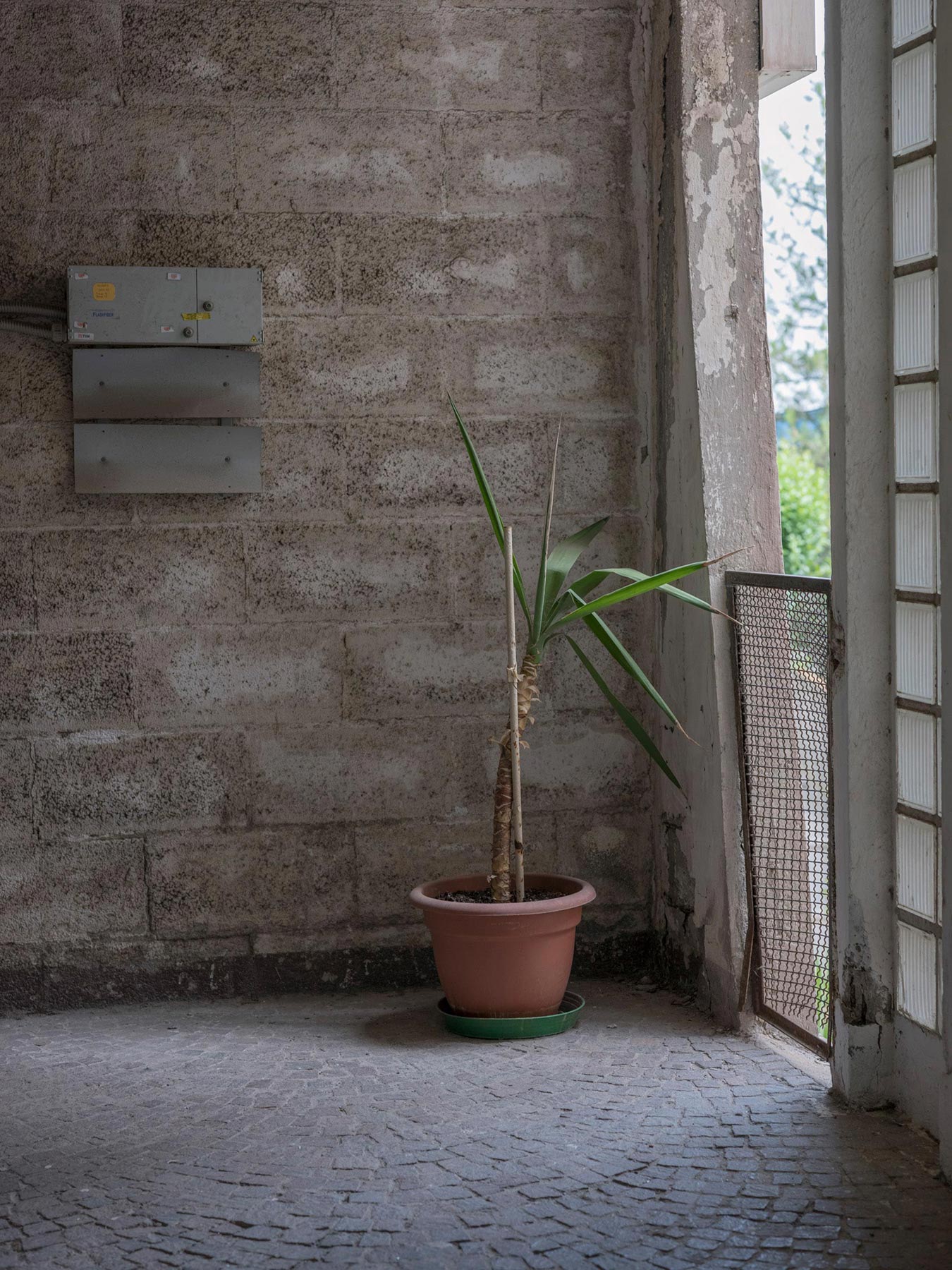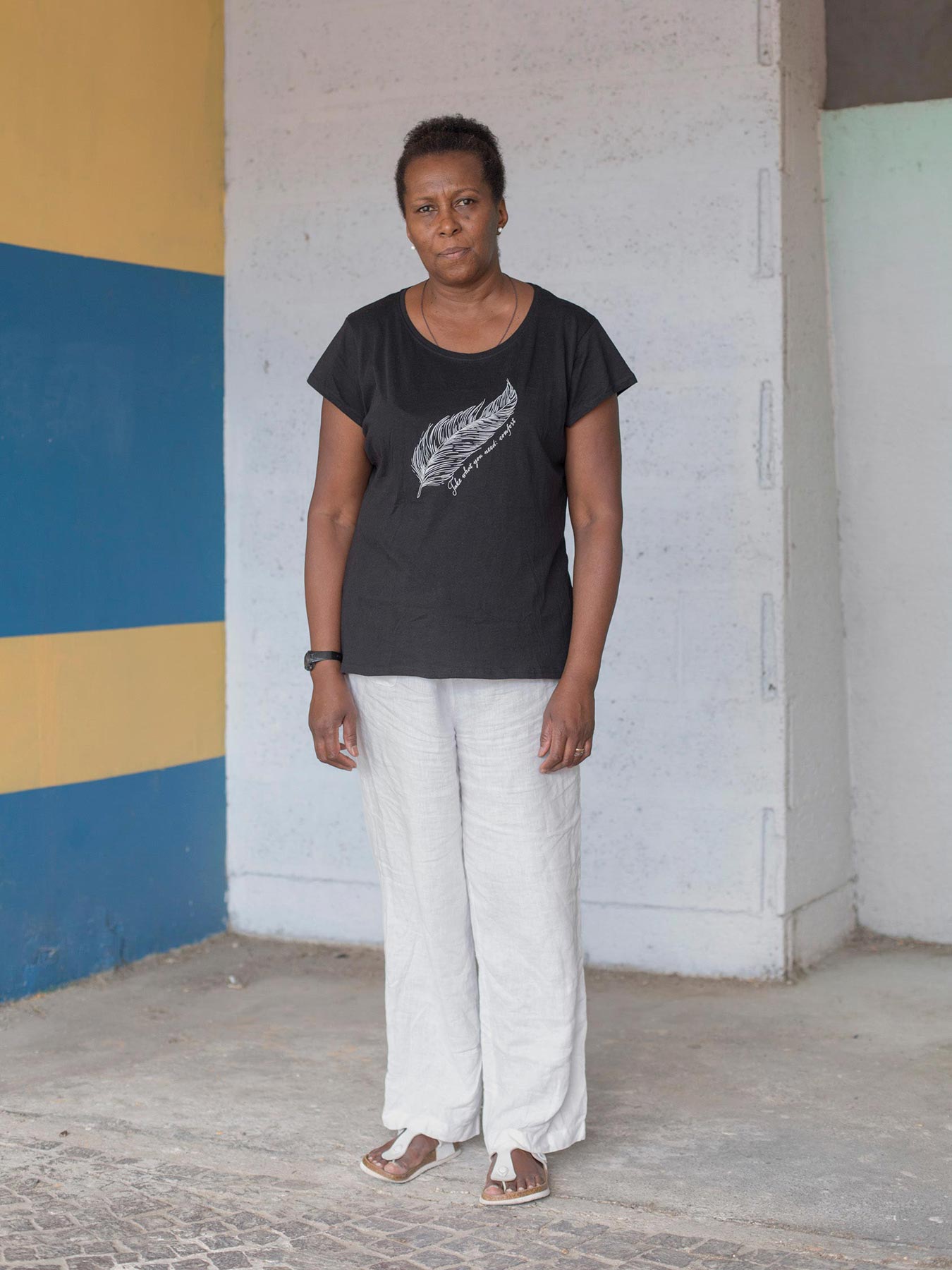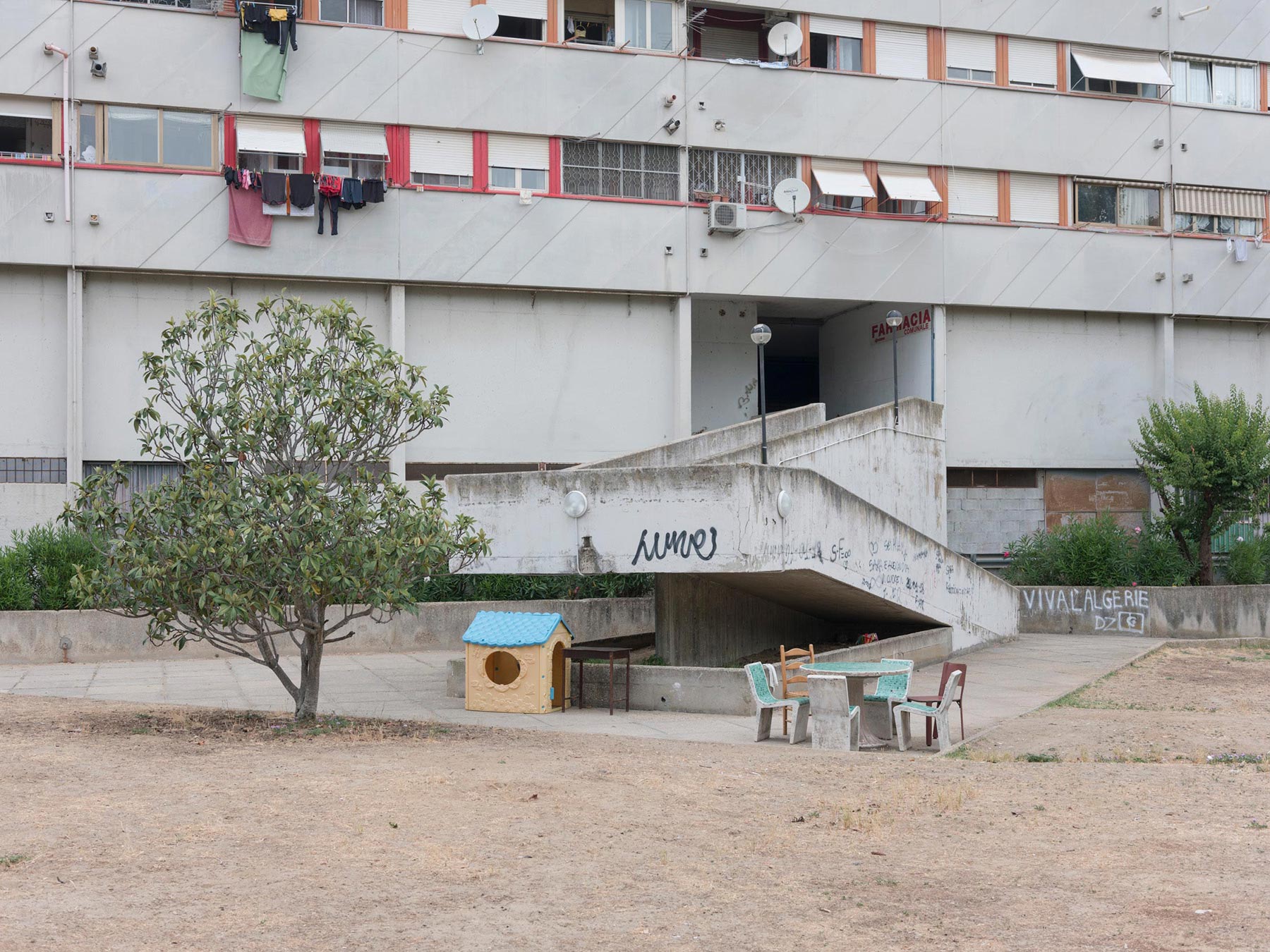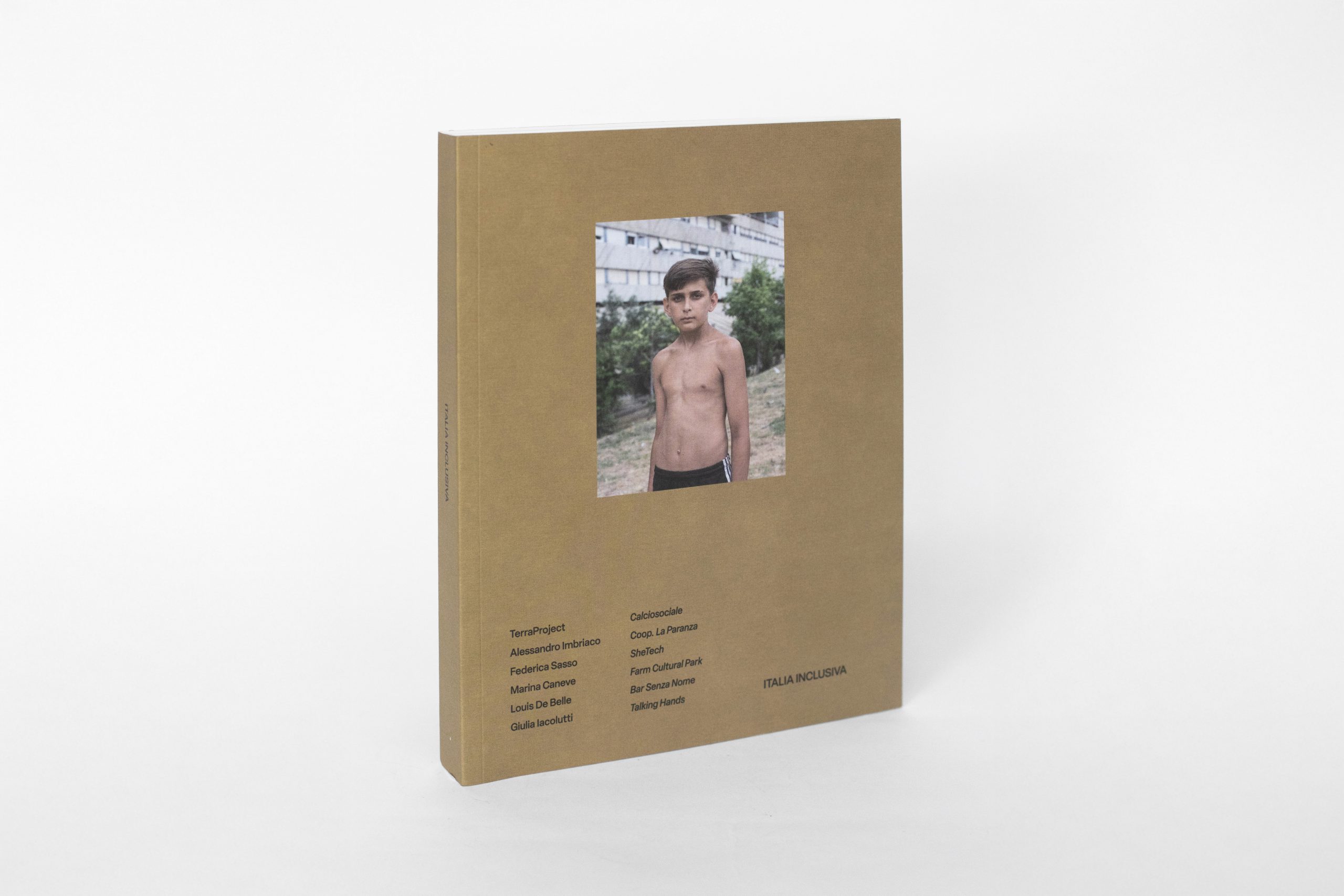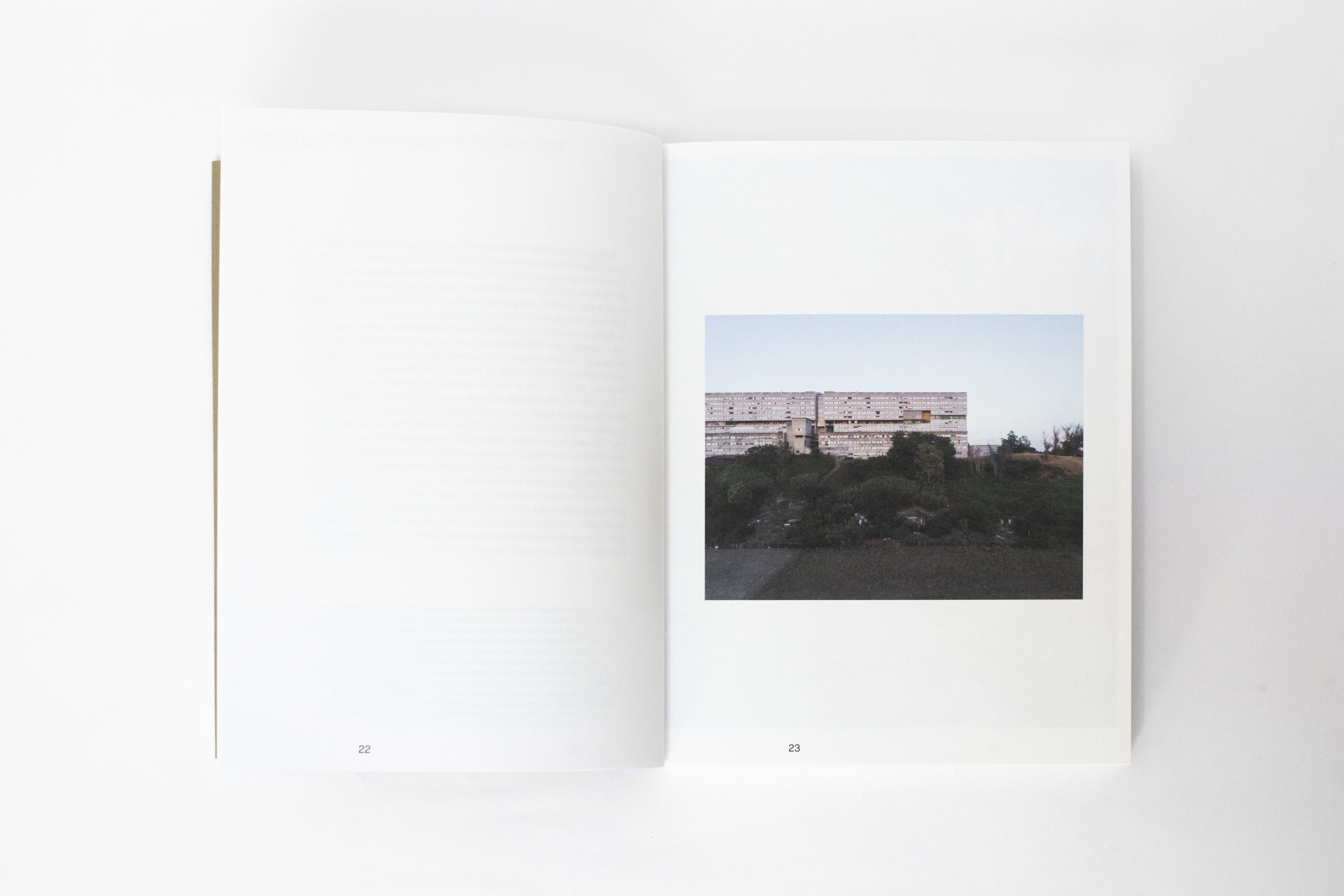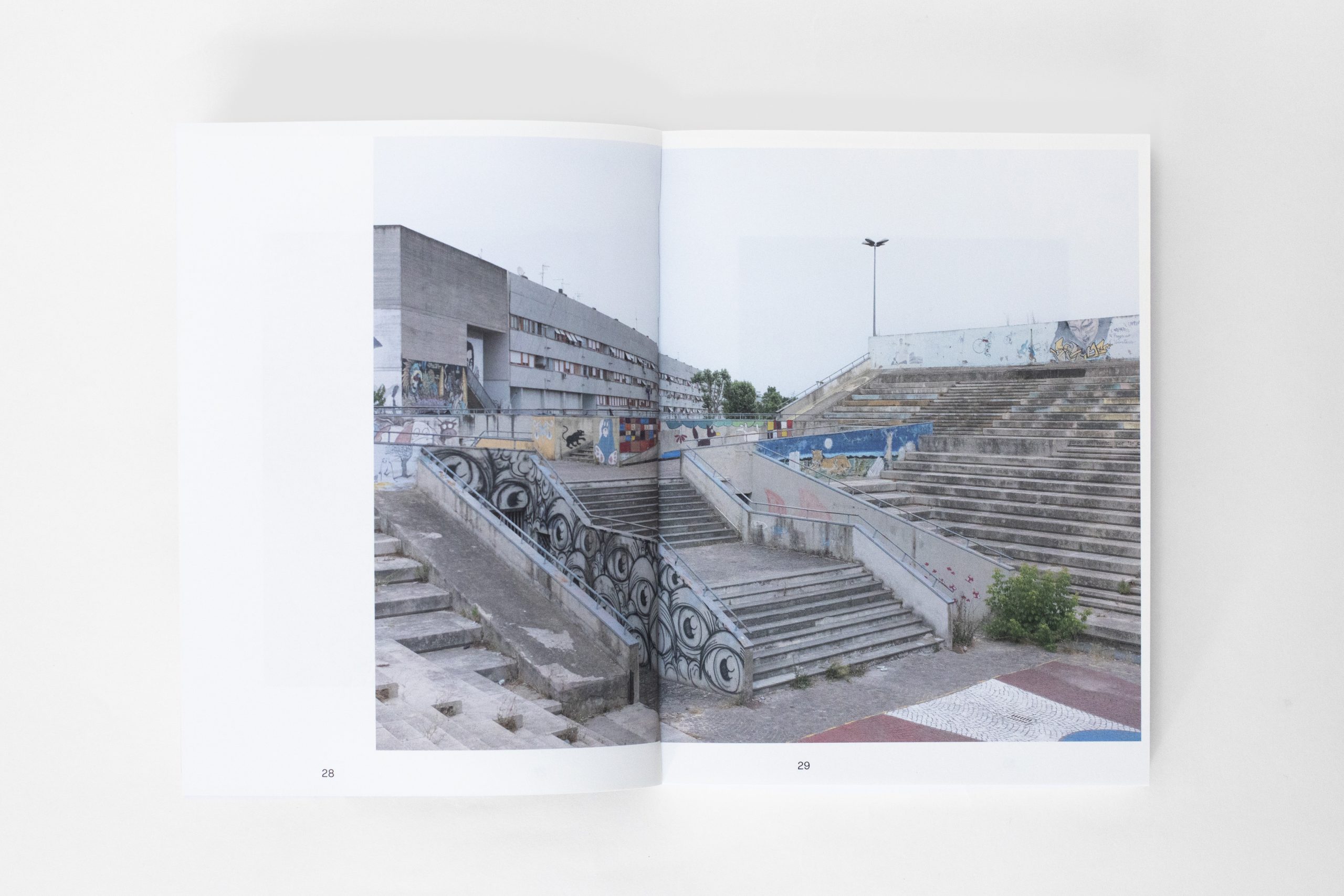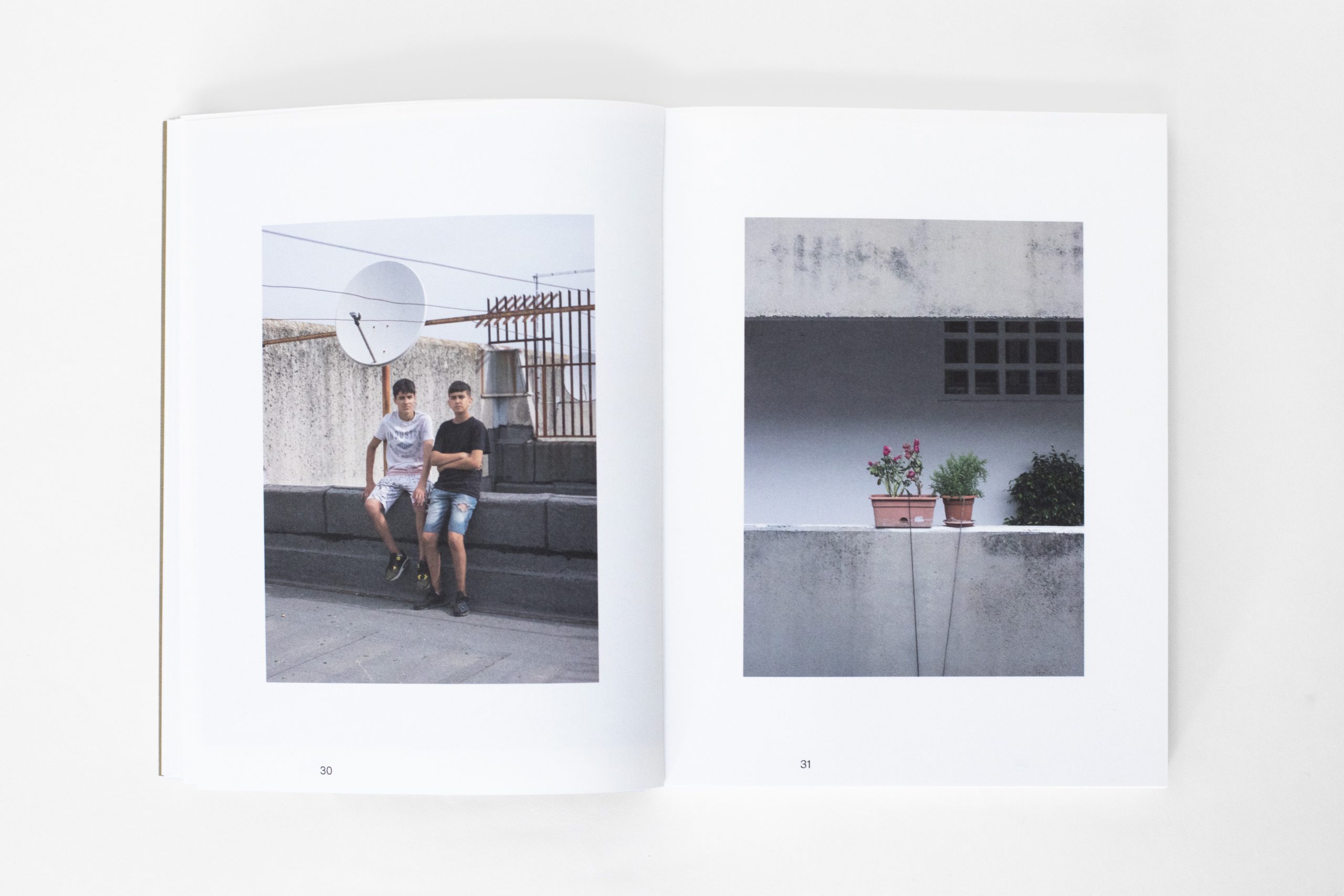A view of the Nuovo Corviale, also called "Il Serpentone"
Situated on the western periphery of Rome, the Nuovo Corviale encompasses a collection of public housing structures. The primary building, known as “Il Serpentone,” stretches about a kilometer in length and was constructed with a groundbreaking aim of developing an autonomous residential facility that seamlessly blends residential units with commercial spaces and amenities. But things did not go as planned. The construction of the building was never finished, and today the Nuovo Corviale is commonly considered and represented as a place of abandonment and decay.
Calciosociale operates within this context, aiming to foster social and environmental revitalization of the neighborhood through team sports. The organization runs a football school catering to girls and boys from the area, as well as a tournament open to men, women and children. The competition follows a set of rules that encourage communication, harmony, respect for diversity, and a healthy relationship with society. Our collective has set itself the goal of creating a non-stereotyped visual story in which to represent the residents of the Nuovo Corviale as those who not only inhabit the neighborhood, but also play an active role in building a better society, based on shared and universal values. Our attention therefore focused on the residents, as well as on the landscape of the neighborhood and on the details that reflect the care and devotion of its inhabitants.
“Only those who care, will win” is Calciosociale’s motto, which we have adopted and integrated into our visual exploration. Our attention is drawn to individuals who commit themselves to living in and improving their community, as well as the venues where they take action. The photos are complemented by a video featuring Massimo Vallati, the founder and president of Calciosociale, who reads the nine principles governing the social football tournament.
This project was produced thanks to the “Italia Inclusiva” grant from the Ministry of Foreign Affairs and International Cooperation and the exhibition and book were curated by Baringo.
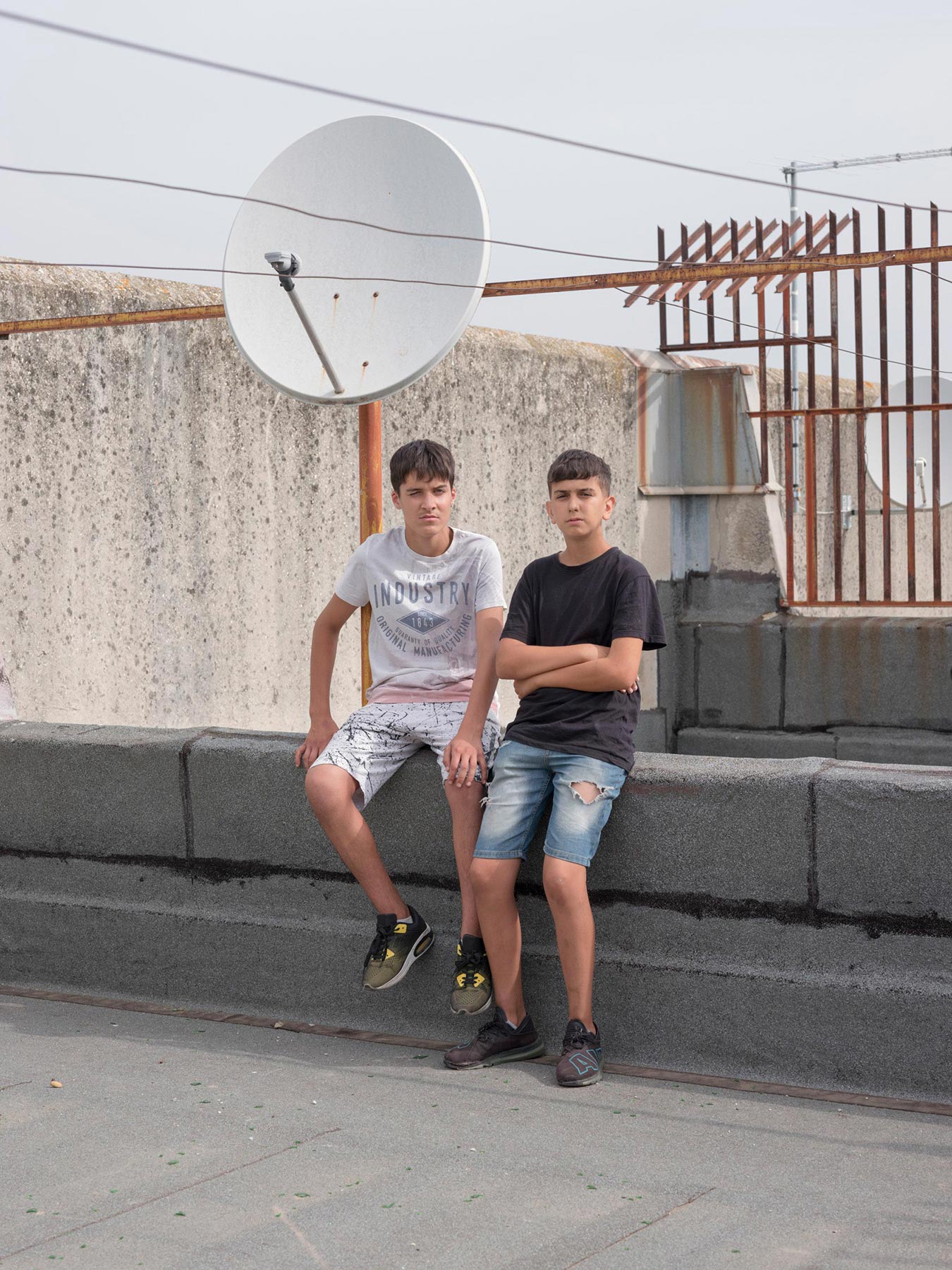
Daniel Spampinato (right), 15 years old and Luca Brunetti (left), 15 years old, on the roof of the Nuovo Corviale. They have been playing social football for three and eight years respectively
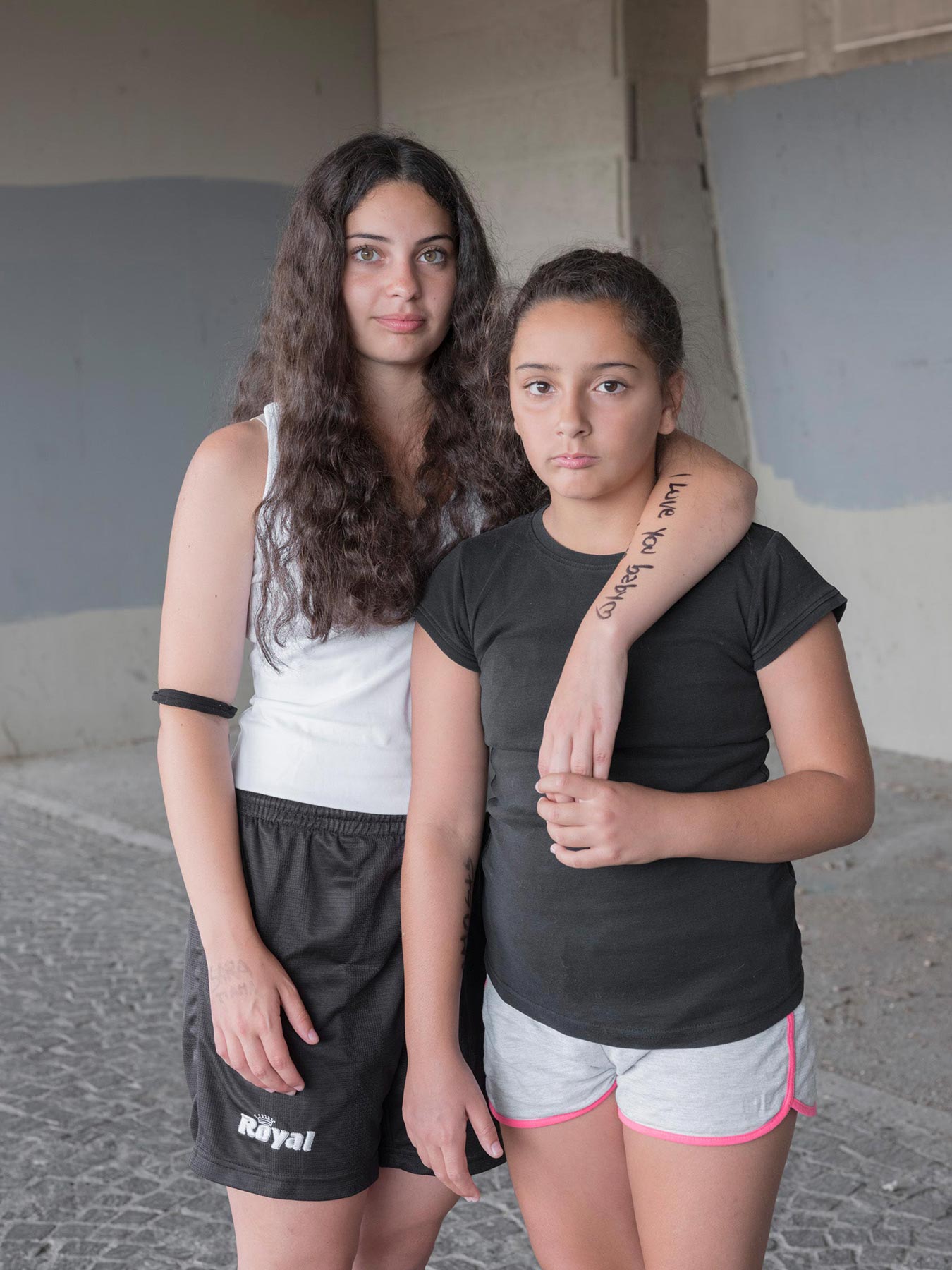
Sofia Lombardi, 10 years old, and Asia Lombardi, 15 years old, have been playing social football for two years
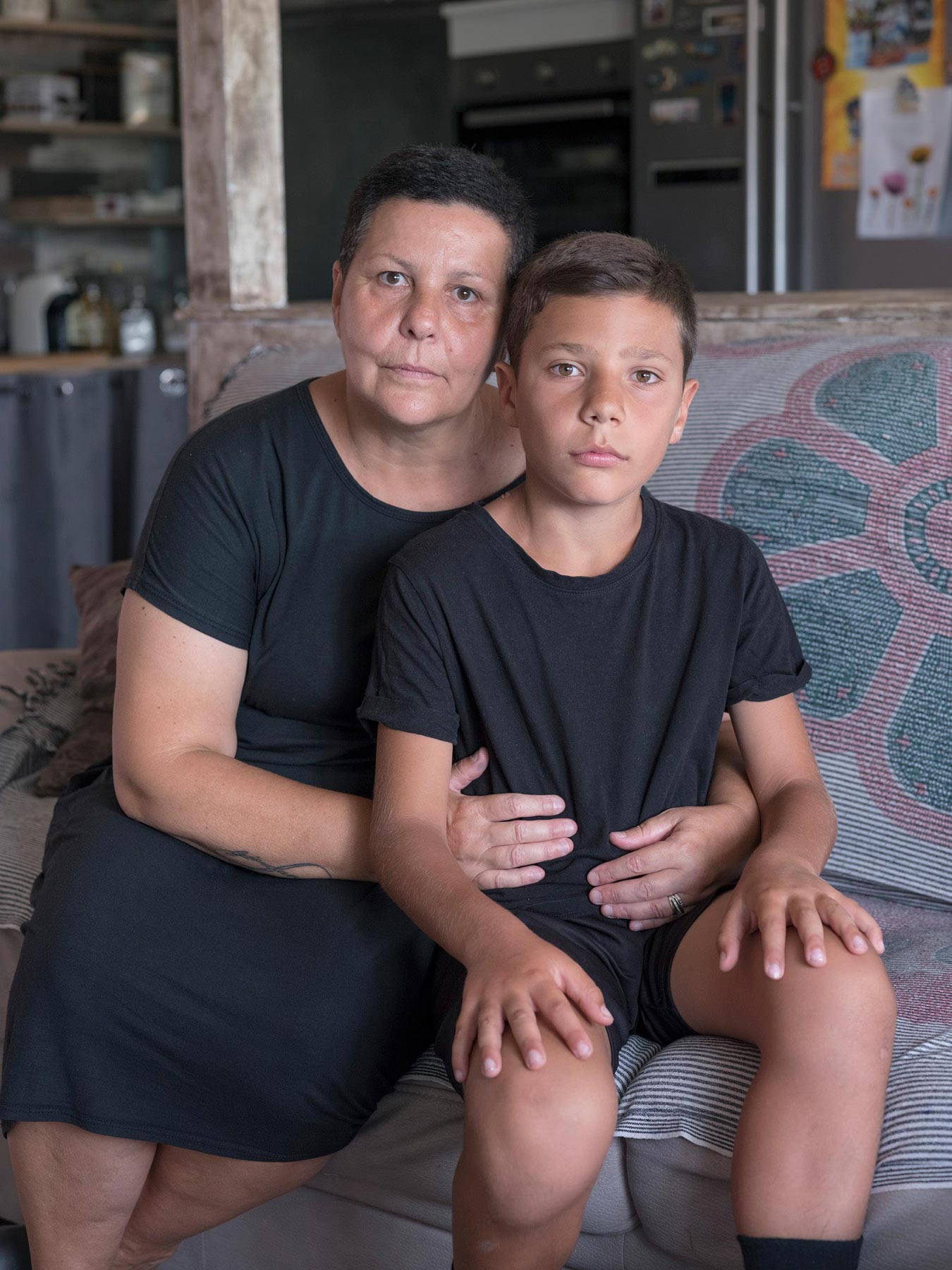
Giordano Frascarelli, 10 years old, and his mother Sonia Di Traglia, 52 years old. Giordano has been playing social football for a year, his mother helps the association in various activities
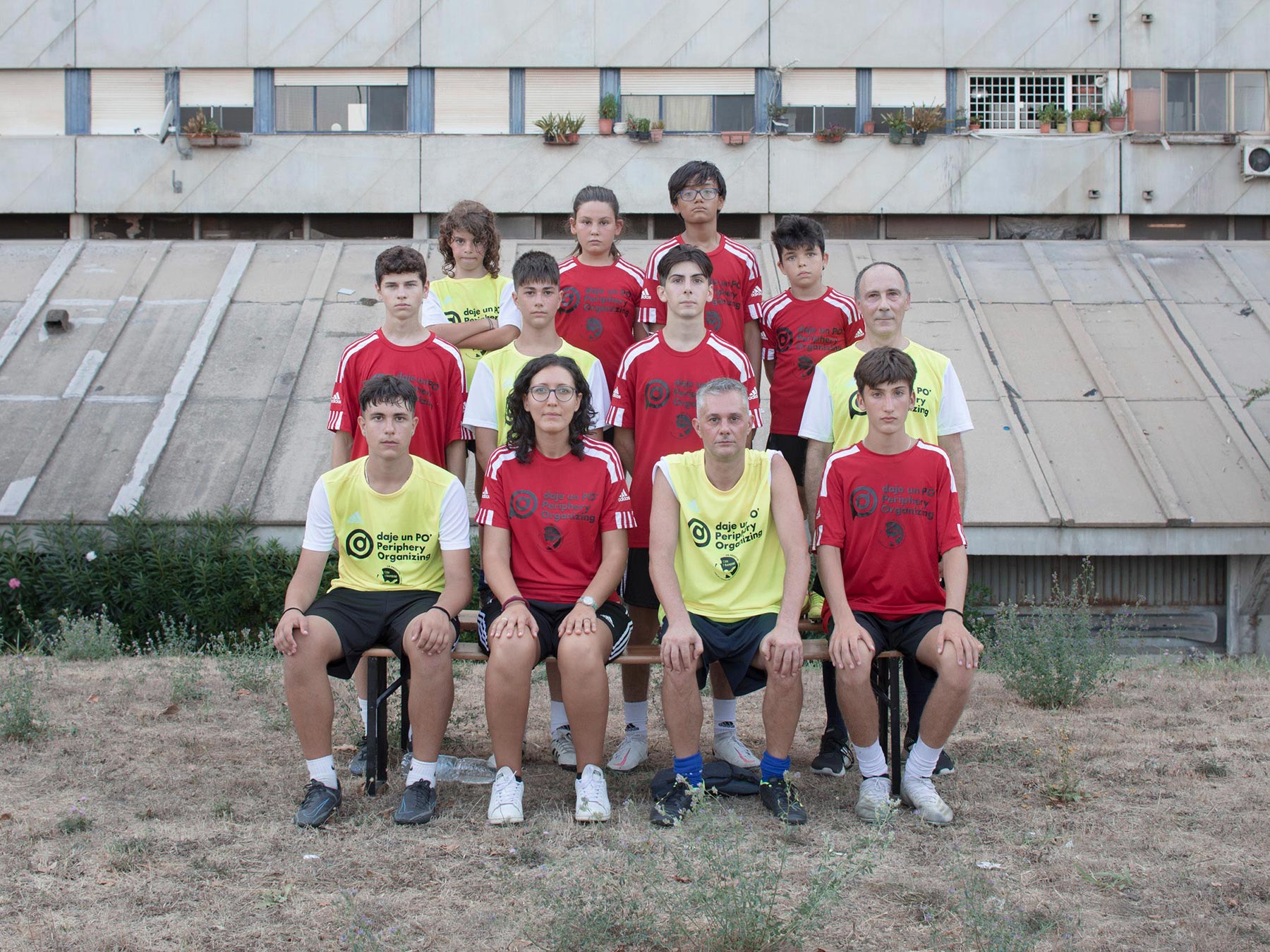
Group photo of some players of the social football tournament: team A. Merini in yellow, team C.J. Walker in red
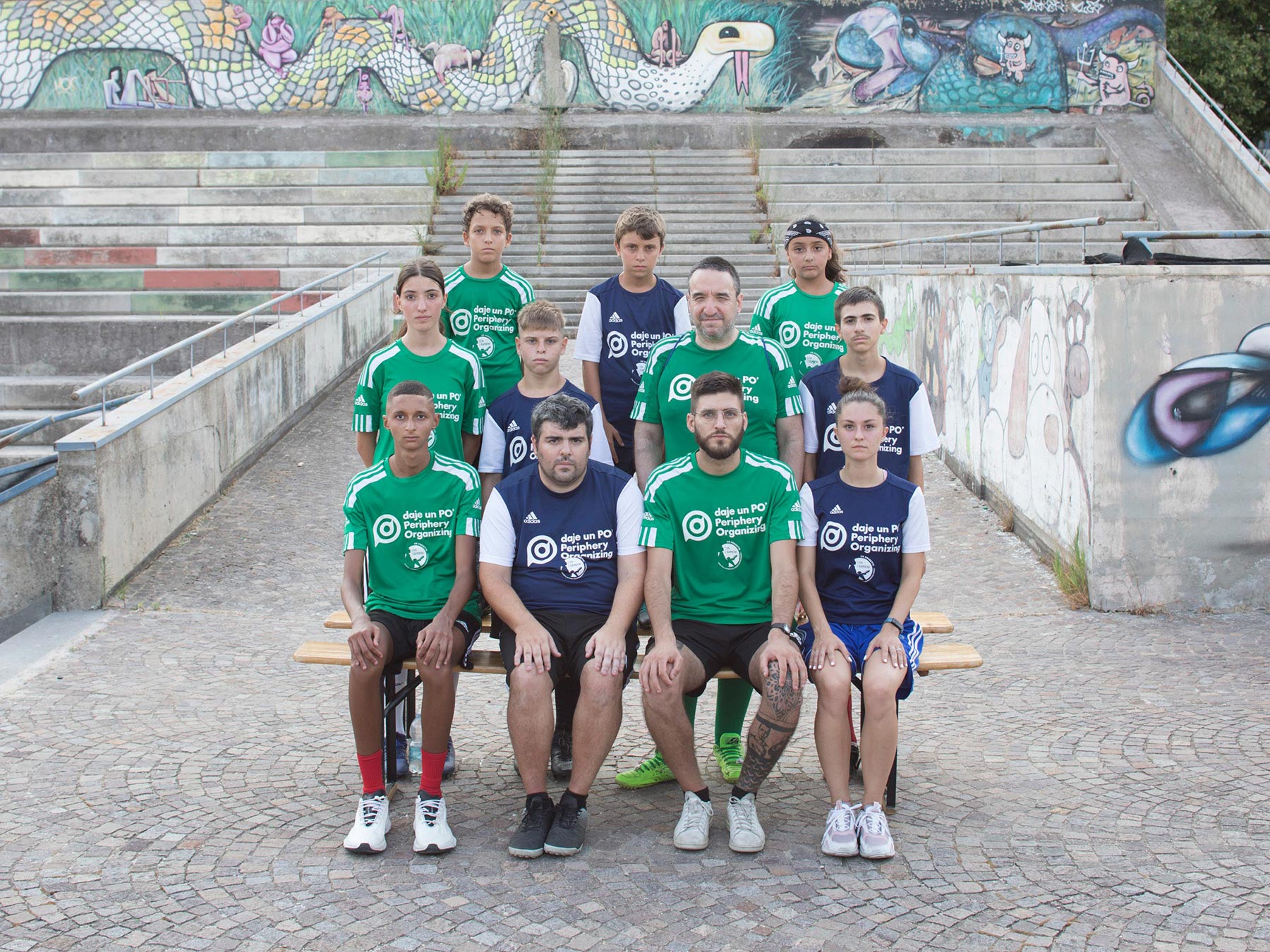
Group photo of some players of the social soccer tournament: the T. Edison team in green, the C. Wamariya team in blue
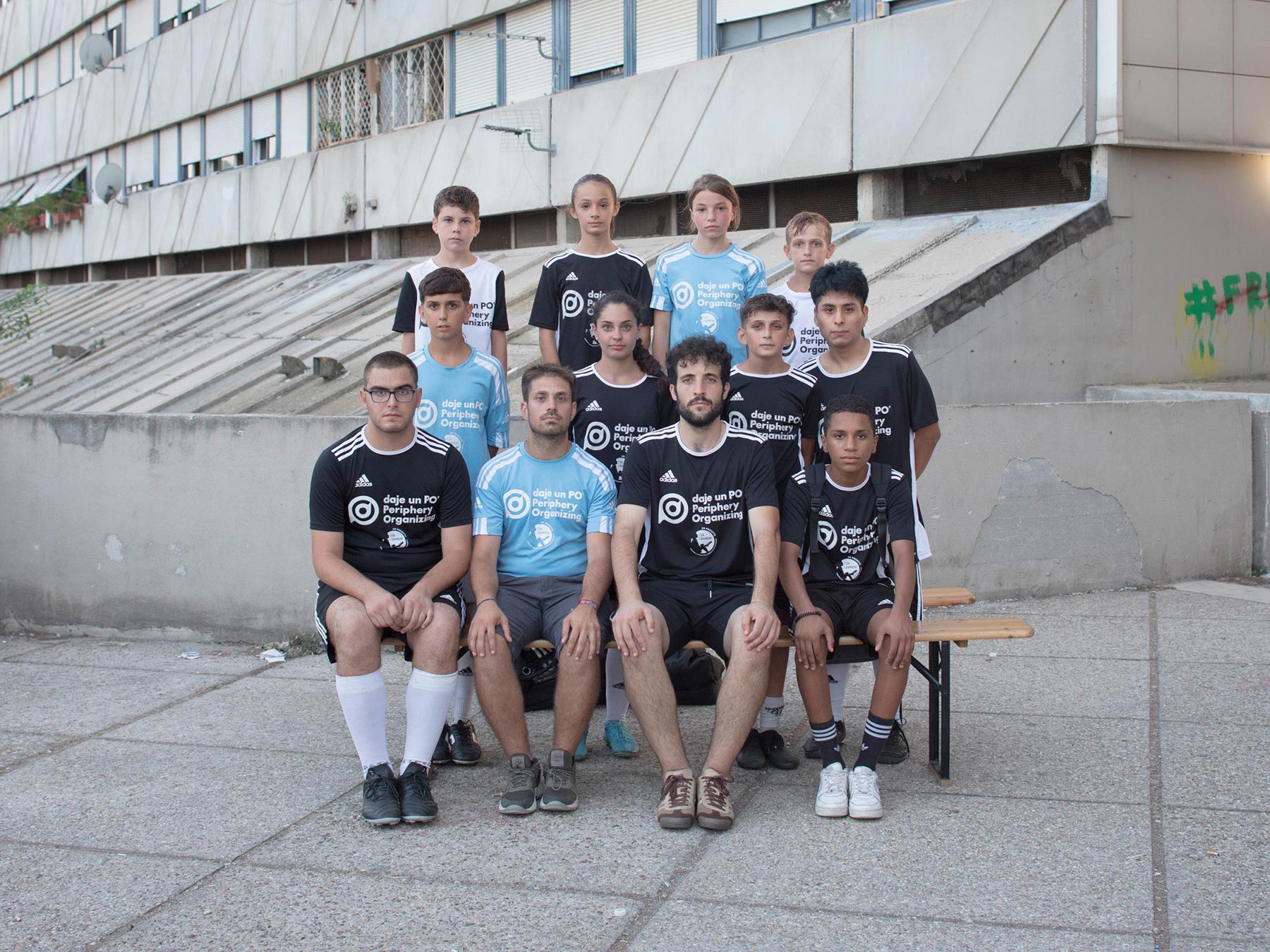
Group photo of some players of the social soccer tournament: the J.K. Rowling team in black, in white the A. Zanardi team and in light blue the V. Perniciaro team
Video
Book
Italia Inclusiva
Photographs by TerraProject, Marina Caneve, Giulia Iacolutti, Alessandro Imbriaco, Louis De Belle and Federica Sasso
Curated by Cosimo Bizzarri and Matteo de Mayda / Baringolab
Design by Yogurt Magazine

